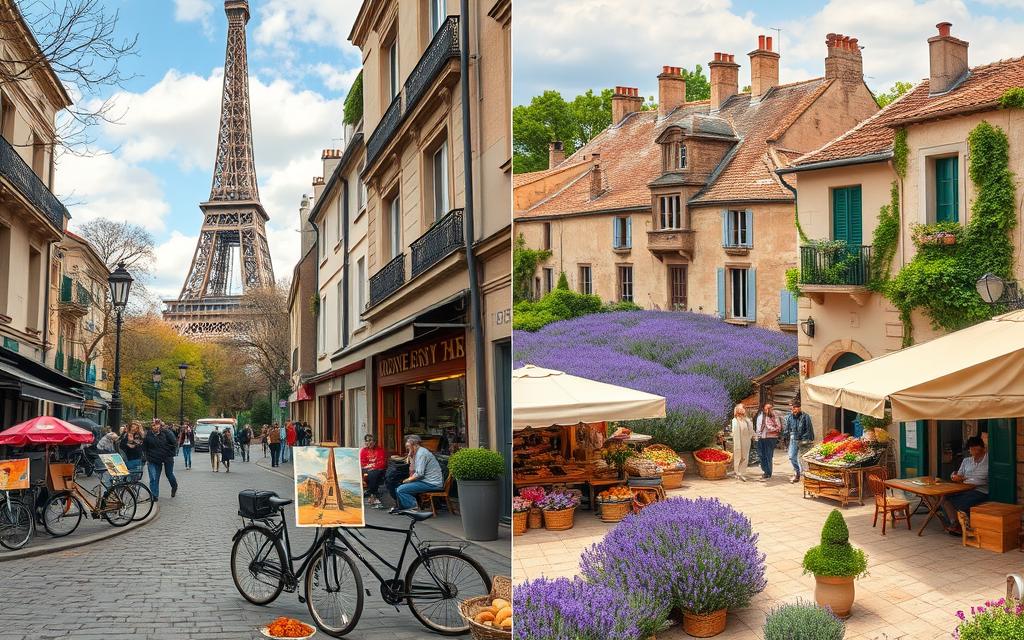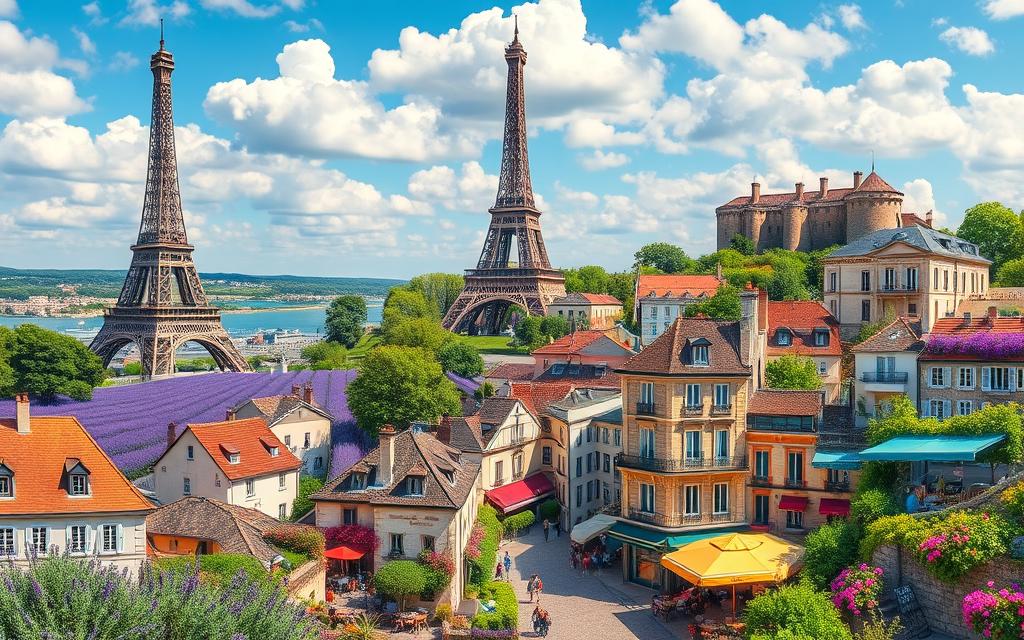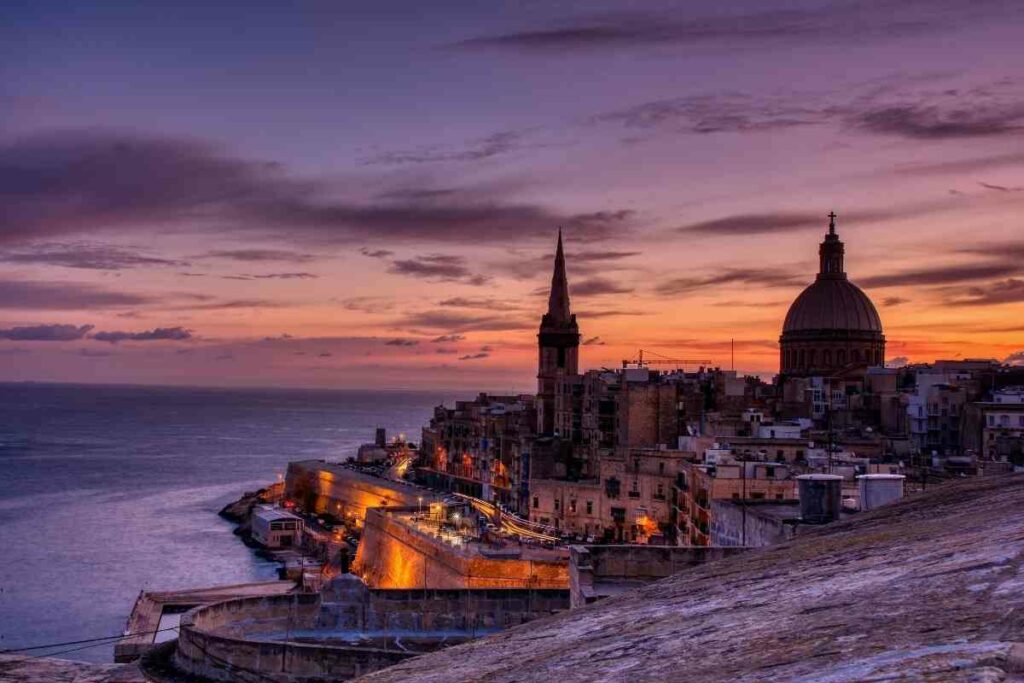With its fantastic monuments, interesting history, and beautiful architecture, Spain really does have a lot to explore.
Spanish cities are some of the most interesting in Europe and each autonomous region has its own quirks that make it impossible to have a bad time.
Narrowing down just five cities to include in this article was tricky as there are dozens of amazing cities in Spain.
What to Expect? These five top the list in terms of what they have to offer (and we picked five that you wouldn’t necessarily expect!).
1 – Burgos
First on our list is the beautiful Burgos. This city is located in the north of Spain on the banks of the rivers Duero and Arlanza.
The Cathedral here is not to be missed.
It’s one of the country’s most magnificent pieces of religious architecture and is even a UNESCO World Heritage Site.
Besides the Gothic cathedral, Burgos has a lot to offer its visitors.
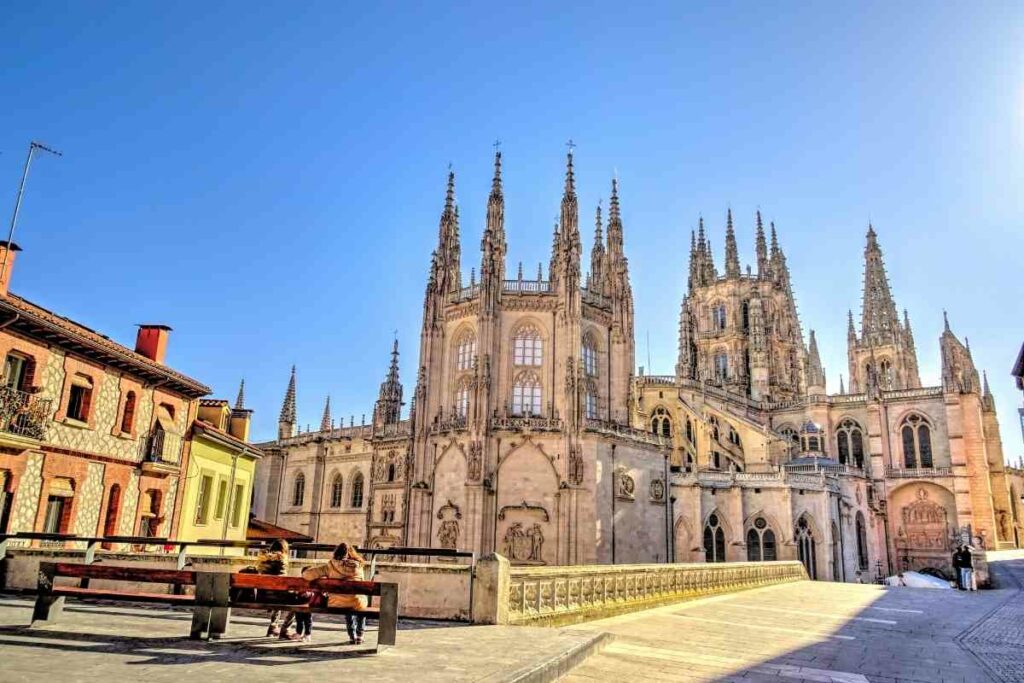
Burgos is in the autonomous community of Castilla y León and was founded in 884 by Diego Rodríguez Porcelos, the 2nd Count of Castile.
Commonly known as El Cid, Rodrigo Díaz de Vivar was raised and educated in the city.
During the summer months, the average high temperatures reach the high 20s.
In winter, it does get a little chilly and temperatures do dip under 10 °C on average in December, January and February.
Food-wise – Burgos is famous for its soft, white cheese called Queso de Burgos. Morcilla de Burgos is also a delicacy here. This is a pig’s blood sausage that’s spiced with herbs and onions and contains rice.
If you’re lucky to visit at the end of June, the city celebrates the festival of San Pedro y San Pablo, which sees people celebrating with concerts, sports, fireworks, folklore, and theatre among other things.
2 – Granada
Granada is one of the country’s finest examples of Spanish history with the Moors.
At the foot of the Sierra Nevada and just a short drive inland from the coast, Granada is well-known for its Alhambra Palace, a UNESCO World Heritage Site famed for its Islamic architecture.
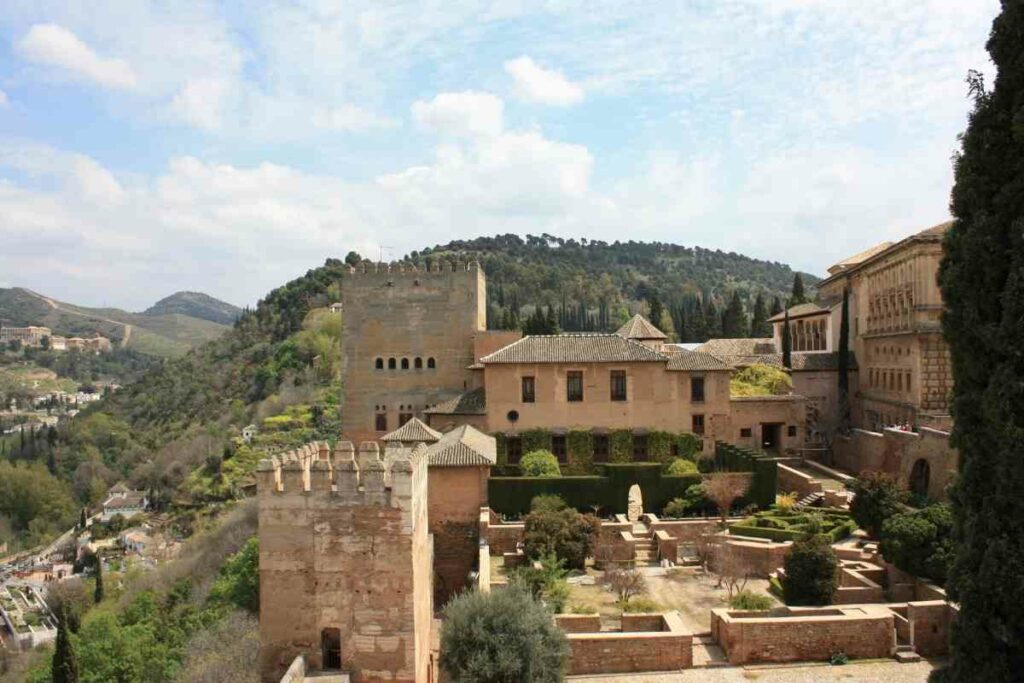
Granada is in Andalusia and, despite being only one hour from the coast, is at an altitude of 738 m above sea level.
The city has been occupied since ancient times by Visigoths, Romans, and Iberians.
It became a major city called Al-Andalus in the 1100s, and then in the 1200s, became the capital of the Emirate of Granada, which was the last Muslim-ruled state in the Peninsula.
Finally, it came under Spanish rule again in 1492 when it was conquered by the Catholic Monarchs.
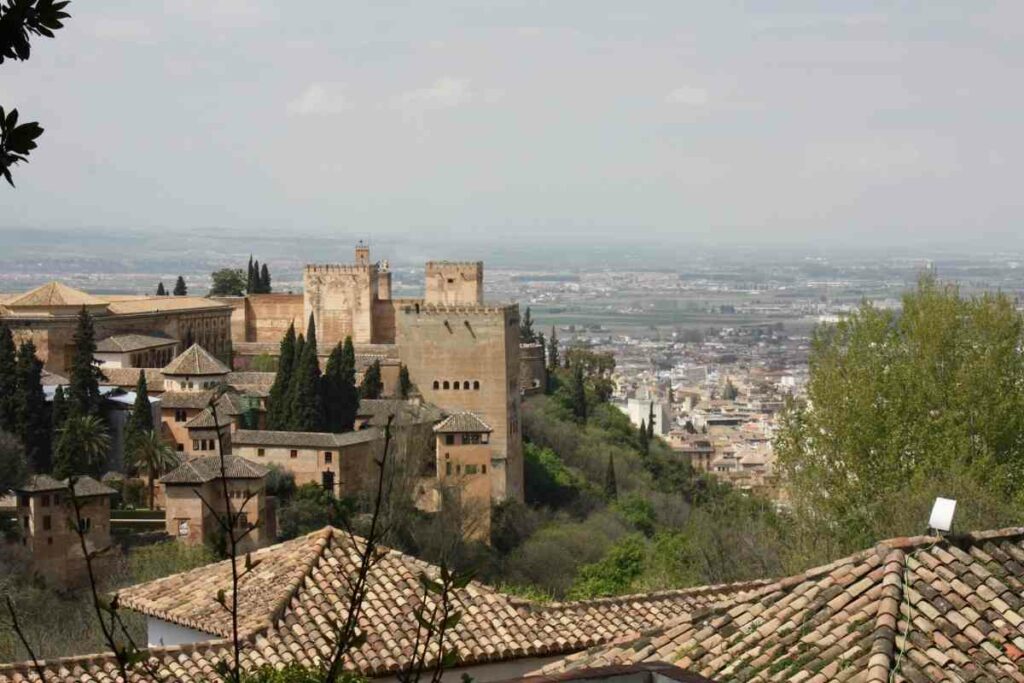
Granada has a hot, Mediterranean climate in the summer and it’s not uncommon for temperatures to reach the 40s.
In winter, January is the coldest month but temperatures rarely drop below freezing here.
Typical foods of the region include soups and stews as well as confectionary.
Unlike many cities in Spain, tapas are free in restaurants and bars so you can ir de tapas (go bar hopping) and have a free meal too.
3 – Málaga
Like Granada, Málaga is in Andalusia.
This coastal city is on the famous Costa del Sol and is one of the oldest cities in Europe.
It’s also one of the world’s oldest continuously inhabited cities. It was established in 770 BC as Malaka by the Phoenicians.
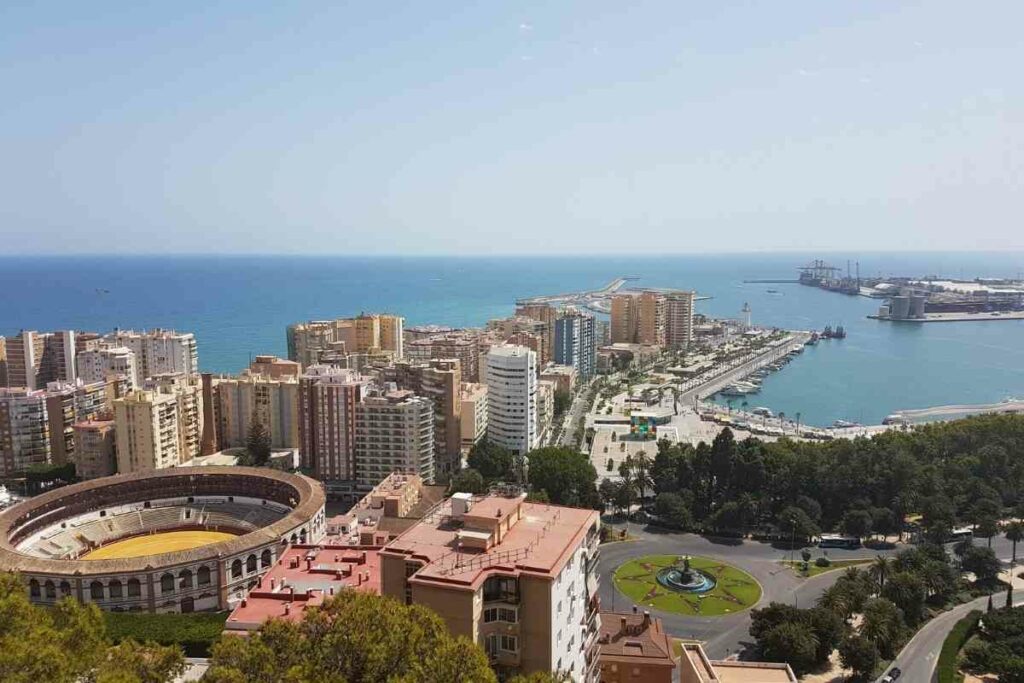
The city of Málaga is full to the brim of culture and history.
There’s the Alcazaba, the Cathedral, the Gibralfaro Castle, the Roman Theatre, and a more recent edition, the Muelle Uno monument.
It’s also the birthplace of Antonio Banderas and Pablo Picasso.
In terms of its climate, Málaga has very mild winters and hot dry summers. It’s quite a humid city in summer and the start of autumn.
During Winter – The average maximum temperature reach up to 18 °C as the mountains block the cold, northerly winds.
Being a coastal city, it’s no surprise that Málaga is renowned for its fish dishes.
A stroll around the beaches will be a feast for your eyes with sardines being grilled over open fires.
Tourism is obviously important here and you’ll find lots of things put on for tourists.
4 – Santiago de Compostela
Santiago de Compostela is the capital of the autonomous community of Galicia – and it’s beautiful.
It’s famous for its cathedral, which is the end of the Camino de Santiago (Way of St James) pilgrimage and is said to hold St James’s remains.
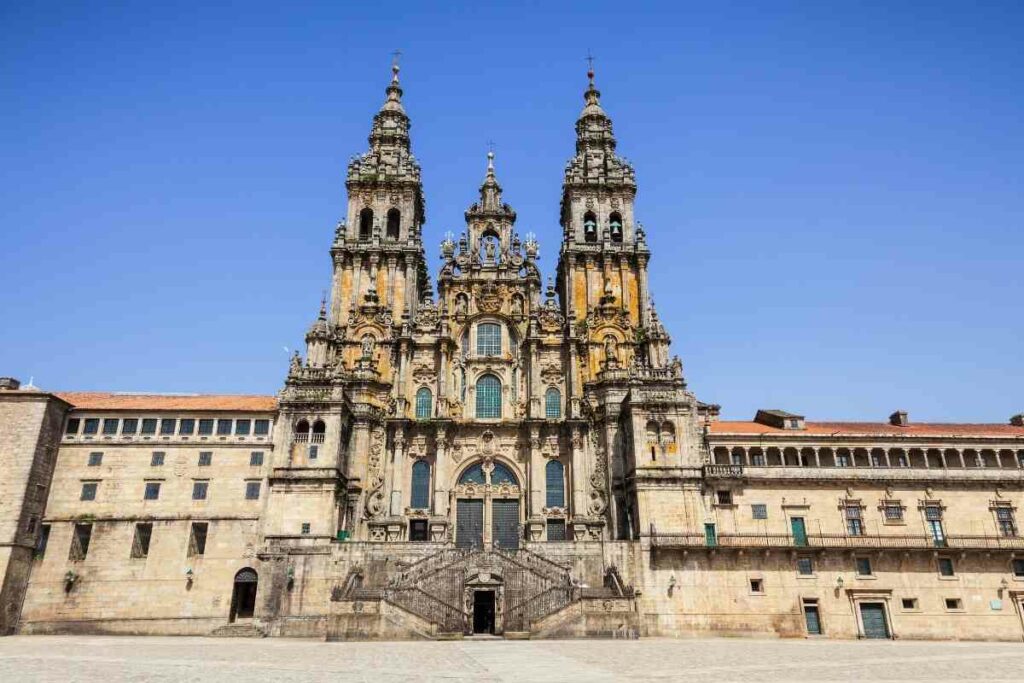
Besides the cathedral, Santiago de Compostela has many exquisite architectural sights throughout the city.
Some of the most interesting buildings include:
- the San Martín Pinario Monastery
- the Gelmírez Palace
- and the Benedictine, baroque monastery
Climate-wise, Santiago has a temperate oceanic climate.
Its summers are mild to warm and its winters are mild and wet.
The average high temperature in summer is in the low 20s while the average low in winter is 4-5 °C overnight.
The most famous food here is the Tarta Compostelana, which is an almond tart.
Other popular food dishes, include:
- Pulpo a la Gallega (octopus with paprika)
- Empanada Gallega (a pie containing fish, vegetables, or meat)
5 – Salamanca
Salamanca, like Burgos, is in Castilla y León. It lies on the banks of the river Tormes and incorporates the Vía de la Plata, which is an old path in Western Spain that goes from south to north.
Salamanca is just 120 miles north of Madrid, making it great for day trips when you’re visiting the capital.
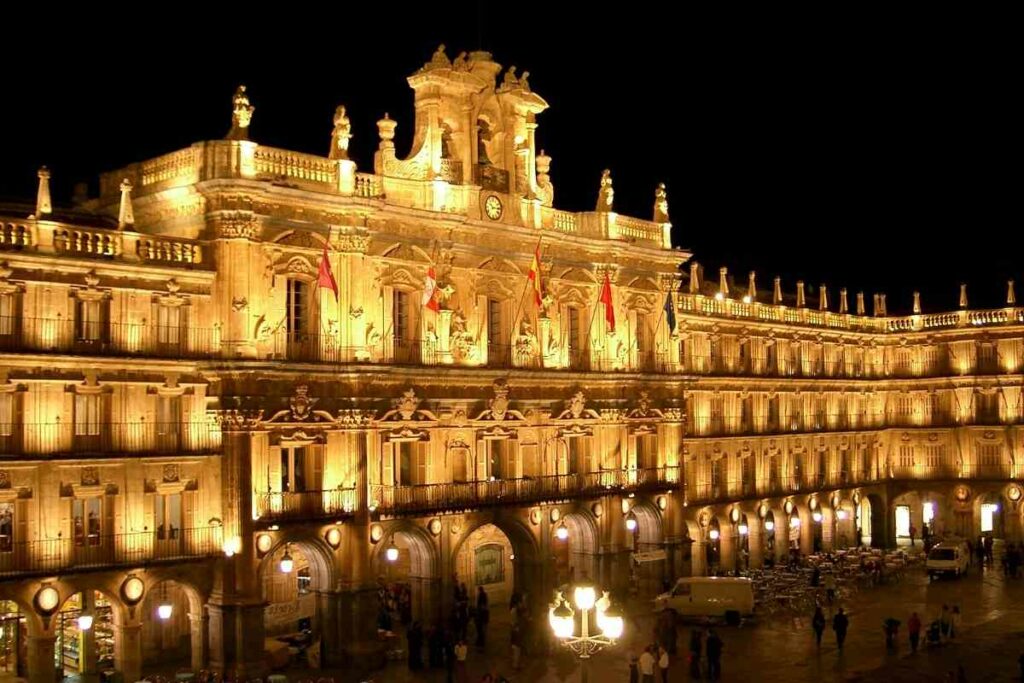
I’ve been to Salamanca twice, and both times there was something different to offer.
Salamanca is considered by many as a university town – and it is.
If you avoid the summer months and go when the students are around, the city and its square is bustling and busy.
In the summertime, however, it’s much quieter.
Salamanca has medieval charm and contains a mixture of Renaissance and Plateresque styles that go well with its youthful charm and energy.
The old part of the city has been declared a UNESCO World Heritage Site. There are lots of great restaurants, bars and cafes here.
Salamanca is over 800 m in altitude and so has a warm-summer Mediterranean climate.
There can be large variations between daytime temperatures and night-time ones too.
Winters are chilly here (there are around 75 days a year that have temperatures below freezing) and there isn’t a lot of precipitation. Heavy snowfalls are uncommon, however.
Final Thoughts
Whenever you search for beautiful Spanish cities, you’ll often be met with Barcelona, Madrid, and Bilbao in your lists.
We’ve deliberately not included these as they’re so popular and Spain has so much to offer elsewhere too!
You may also like ?
We’ve tried to cover different regions in Spain to show you just how diverse the country is, but what we will say is that Spain is awash with beauty in every corner!
Where do you fancy heading next?
- Best vs Worst French Places: A Cultural Guide for First-Time Visitors
- Master the Art of Travelling France: Insights on Must-Visit Spots
- Top three markets in France you must explore
- Essential Driving in France Kit: What Drivers Need to Stay Safe and Legal
- Top 10 Motorcycle Trips in Europe
- What Is Malta Famous For? Malta Local History and Past Events

